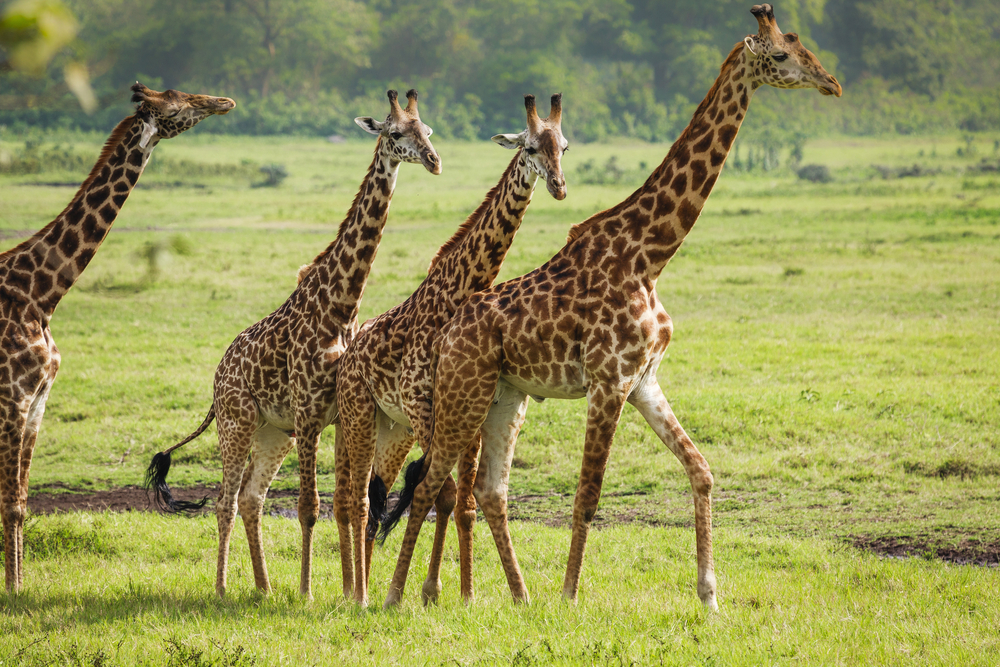Arusha Overview
Arusha National Park, a hidden gem nestled in the shadow of Mount Meru, Tanzania’s second-highest mountain, is located just a short drive from the city of Arusha, the safari capital of northern Tanzania. The park covers an area of about 552 square kilometers (213 square miles), offering a compact but diverse safari experience, distinct from the vast savannahs of Tanzania’s more famous parks like the Serengeti and Ngorongoro Crater.
Despite its smaller size, Arusha National Park boasts a remarkable variety of ecosystems and landscapes, ranging from the lush montane forests at the lower reaches of Mount Meru to the alpine desert near its summit, and from tranquil alkaline Momella Lakes, tinged with shades of green and blue, to the grassy savannahs and rolling hills. This diversity of habitats supports an equally diverse array of wildlife and flora.
The park is renowned for its birdlife, with over 400 species recorded, making it a paradise for bird watchers. While it may not host large populations of big game like its neighboring parks, Arusha National Park offers unique wildlife viewing opportunities, including the chance to see black-and-white colobus monkeys, giraffes, zebras, warthogs, and a variety of antelope species. The elusive leopard and spotted hyenas are also present, though sightings are rare.
Arusha National Park is also home to several beautiful features, including the Ngurdoto Crater, often referred to as a miniature Ngorongoro, and the Momella Lakes, known for their flamingo populations. The park’s centerpiece, Mount Meru, provides a challenging and scenic trekking opportunity, with its slopes offering spectacular views over the savannah below and towards Kilimanjaro in the distance.
With its close proximity to Arusha city, the park is an ideal day-trip destination for those looking to experience Tanzania’s wild beauty without venturing too far from the comforts of the city. Whether for a day hike, a canoe trip on the Momella Lakes, or a game drive through its varied landscapes, Arusha National Park offers a serene and picturesque introduction to the wonders of Tanzania’s northern safari circuit.



























































































